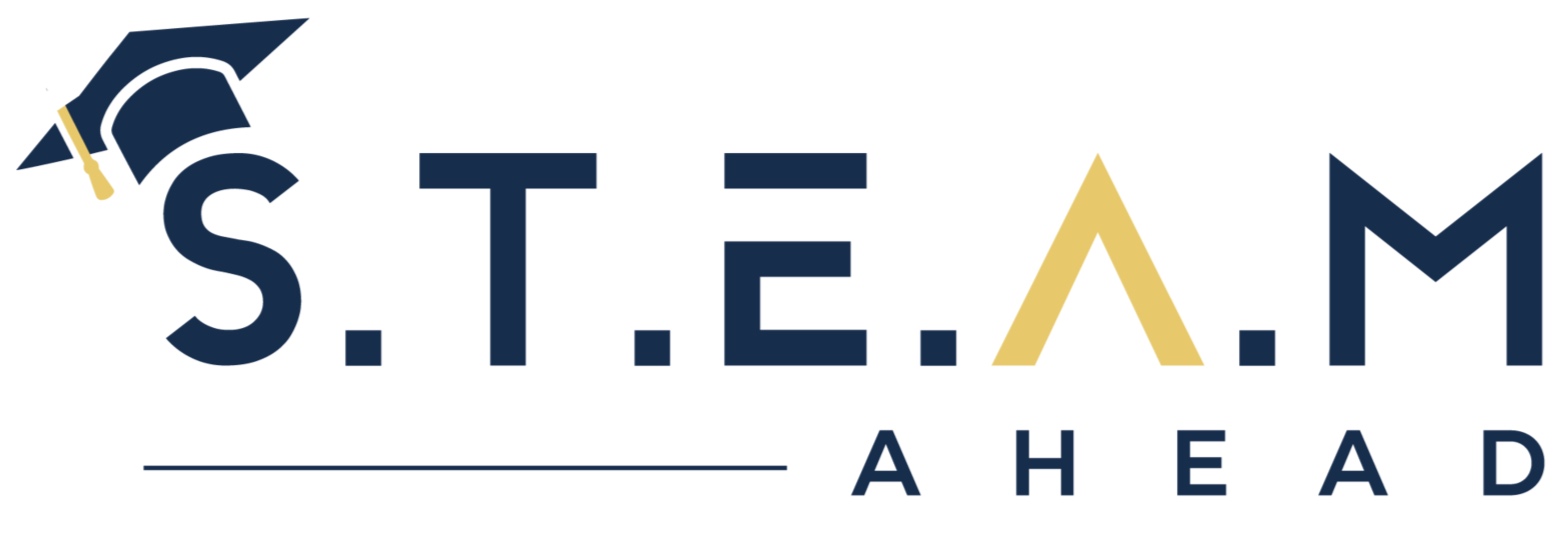Project-Based Learning: Transforming Student Engagement
Engaging students in their learning journey has always been a critical goal in education. Project-Based Learning (PBL), an approach that has evolved over the decades, is making significant strides in achieving this. It has become a dynamic method to foster active participation and deeper learning. Let’s explore more about PBL and how it transforms student engagement.
What is Project-Based Learning?
Photo by Jeswin Thomas
Project-Based Learning (PBL) is a teaching method where students learn by actively engaging in real-world and meaningful projects. Instead of the traditional approach that often relies on memorization, PBL focuses on critical thinking, problem-solving, collaboration, and communication. Through PBL, students take on complex, real-world projects that help them develop and apply what they've learned.
Key Components of PBL
PBL is built around several key components:
Driving Question: A central question that guides the project and sparks curiosity.
Student Voice and Choice: Students have a say in their projects, which boosts their investment and engagement.
Inquiry and Innovation: Students explore and investigate, leading to a deeper understanding of the subject matter.
Feedback and Revision: Ongoing assessment and feedback help students refine their work.
Public Product: Students present their projects to an audience beyond the classroom, giving their work purpose.
How PBL Boosts Student Engagement
Active Learning: PBL involves hands-on activities that keep students actively participating. According to the Buck Institute for Education, students in PBL settings show higher levels of motivation and engagement compared to traditional classrooms. This active approach keeps students interested and involved in their learning.
Relevance: PBL connects what students learn in the classroom to real-life situations. For example, a project on environmental conservation might involve students in local efforts to protect nature. This real-world relevance makes learning more meaningful and engaging for students.
Collaboration: PBL emphasizes teamwork and peer learning. Students work together to solve problems, share ideas, and create final products. This collaborative environment prepares students for future careers and keeps them engaged through social interaction and shared goals.
Beyond Engagement: Additional Benefits of PBL
Photo by CDC
Skill Development: PBL helps students build essential skills like critical thinking, problem-solving, and communication. Research from Educational Research and Reviews shows that students in PBL programs significantly improve in these areas, which are crucial for success both in school and in their future careers.
Academic Achievement: Studies by the George Lucas Educational Foundation reveal that PBL can lead to higher academic achievement. Students in PBL classrooms tend to score higher on standardized tests than their peers in traditional settings, thanks to the deeper understanding and retention of knowledge that PBL fosters.
Personal Growth: PBL encourages independence, responsibility, and self-motivation. By managing their projects, students learn to take ownership of their education, leading to greater commitment and engagement.
Project-Based Learning (PBL) is a powerful tool that transforms student engagement by making learning active, relevant, and collaborative. It not only boosts engagement but also helps students develop essential skills, achieve academically, and grow personally. By addressing implementation challenges with effective strategies, educators can successfully bring PBL into their classrooms, creating a more engaging and effective learning experience for students.


